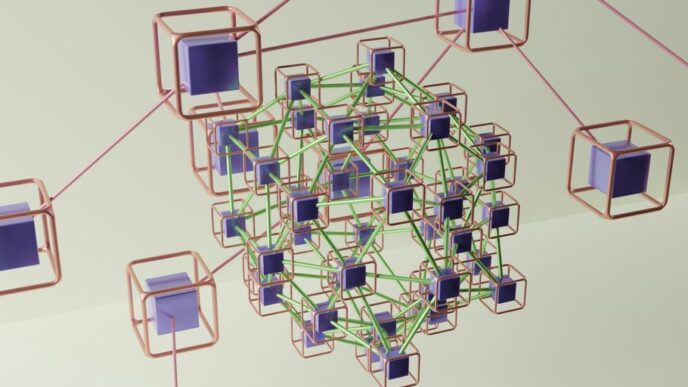Technology plays a growing and substantial role in many personal injury lawsuits. In some areas, it streamlines legal processes, and in others, it helps make stronger individual cases. From presenting a case in a courtroom to gathering evidence to use, modern tools provide crucial support for attorneys and plaintiffs alike. The following are three key ways that technology can be useful in a personal injury lawsuit and help your odds of getting a favorable outcome.
1. Collecting and Preserving Digital Evidence
Evidence is necessary to prove, document, and quantify a personal injury. This is necessary to prove liability and stipulate the extent of the damages, and technology has made it much easier to gather and preserve such evidence. Cameras and smartphones are invaluable tools for getting evidence at an accident scene, as photos and videos can prove visible injuries, vehicular damage, and hazardous conditions. They can also record witness statements. Surveillance footage comes from dash cams, traffic cameras, and security systems to show the moments before, during, and after an accident. Social media photos and posts sometimes contradict the claims of individuals involved in accidents or prove intent and negligence. Digital evidence, once gathered, must be stored carefully so it’s preserved in a state court deemed as admissible. Preventing tampering and maintaining a proper chain of custody are essential.
2. Expert Testimony and Medical Technology
Some of the most complicated aspects of personal injury cases include proving how extensive injuries are, but medical technology advances are making it easier to do this in a convincing fashion. Electronic health records and digital medical records make it easier to share accurate medical data between attorneys and doctors, and they can detail medical expenses and treatment history. X-rays, CT scans, and MRIs offer highly detailed visual evidence of any internal injuries that the naked eye can’t see. Expert witnesses, including accident reconstruction specialists and doctors, can’t always appear in court, but remote video testimony means they can still participate.
3. Trial Presentations and Litigation Efforts
Many situations go through some attempt at negotiations prior to a personal injury lawsuit being filed, but a settlement might not come to fruition until such a lawsuit is actually real. In either situation, technology helps make your case, whether to a judge or jury or across a negotiating table. Technology makes it possible to organize and deliver crucial information in an understandable and compelling manner. Courtroom presentations can be arranged as slides, timelines, and animations to help a jury visualize the details. In some courtrooms, lawyers are utilizing 3D and VR technology to illustrate how injuries impact their clients’ lives or recreate accident scenes. E-discovery tools help attorneys sift through electronic records, documents, and emails.
Leverage Technology That Helps You Win
When you or personal injury lawyers utilize technology in a lawsuit, the chosen case strategy of any situation can be more effective. Technology can help your legal team present complicated medical facts in a compelling and easy-to-understand way, or it can just be useful in assembling digital evidence to support your case. In all situations, these technological tools make it easier to see justice served comprehensively and efficiently.











